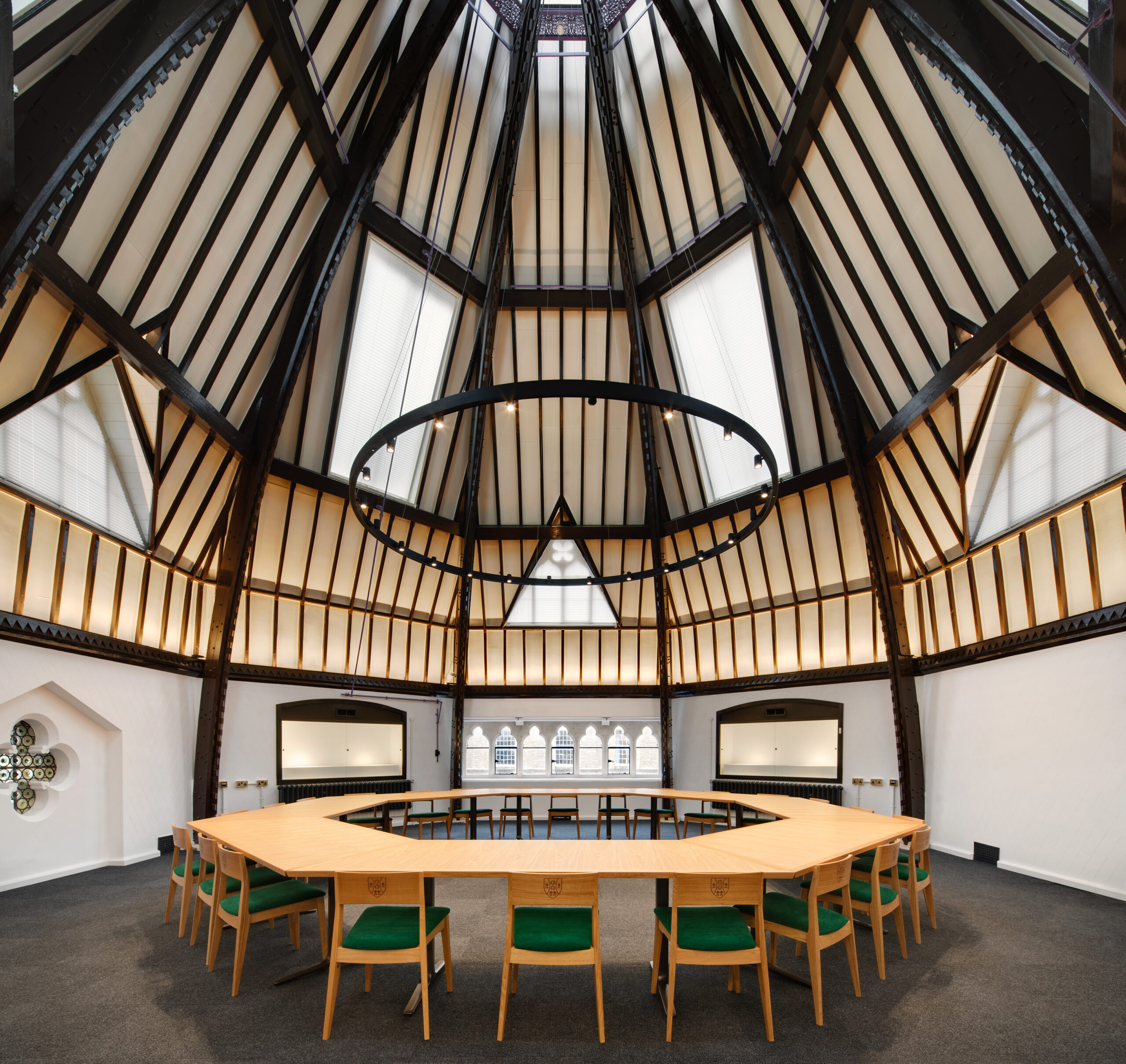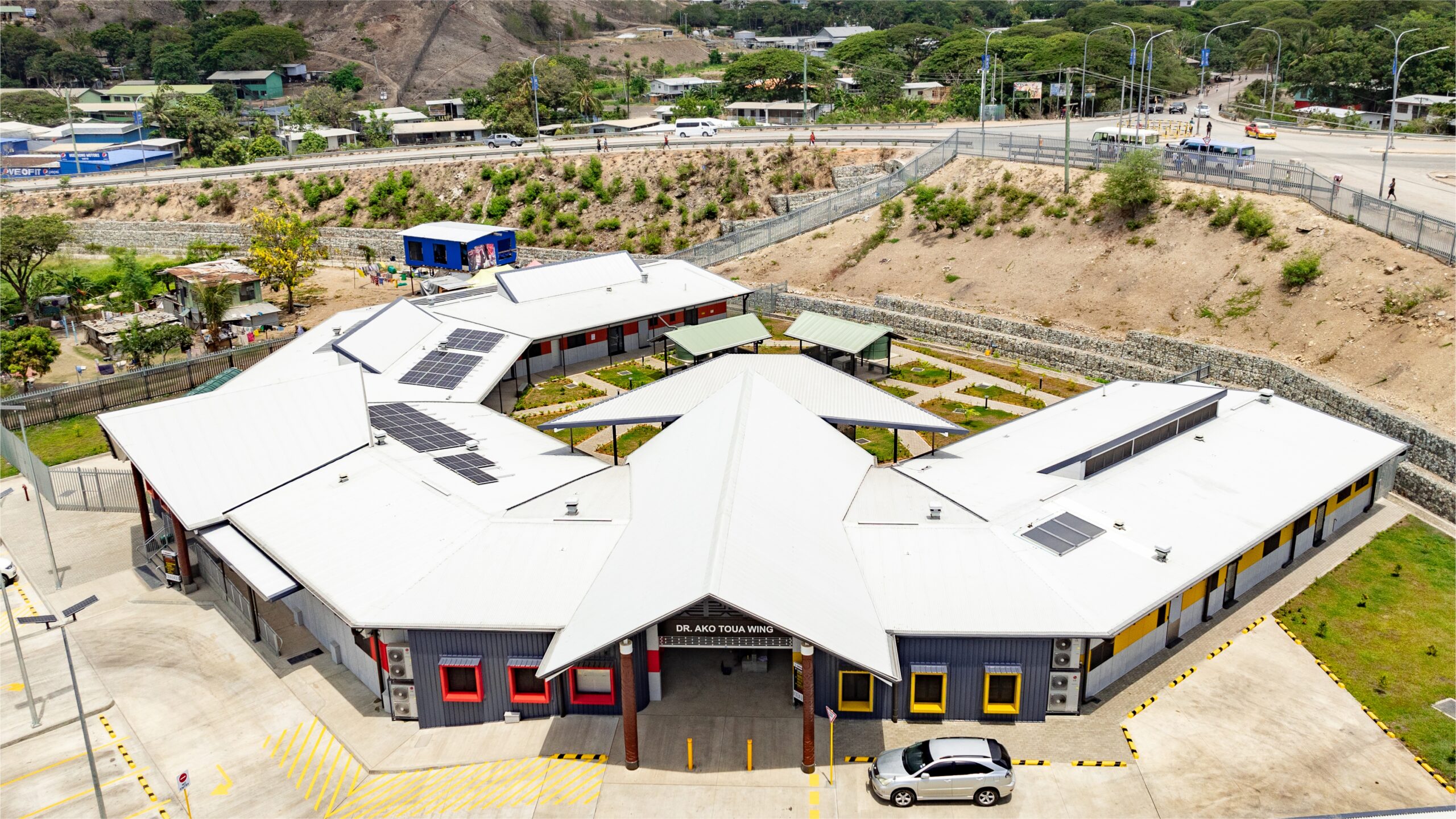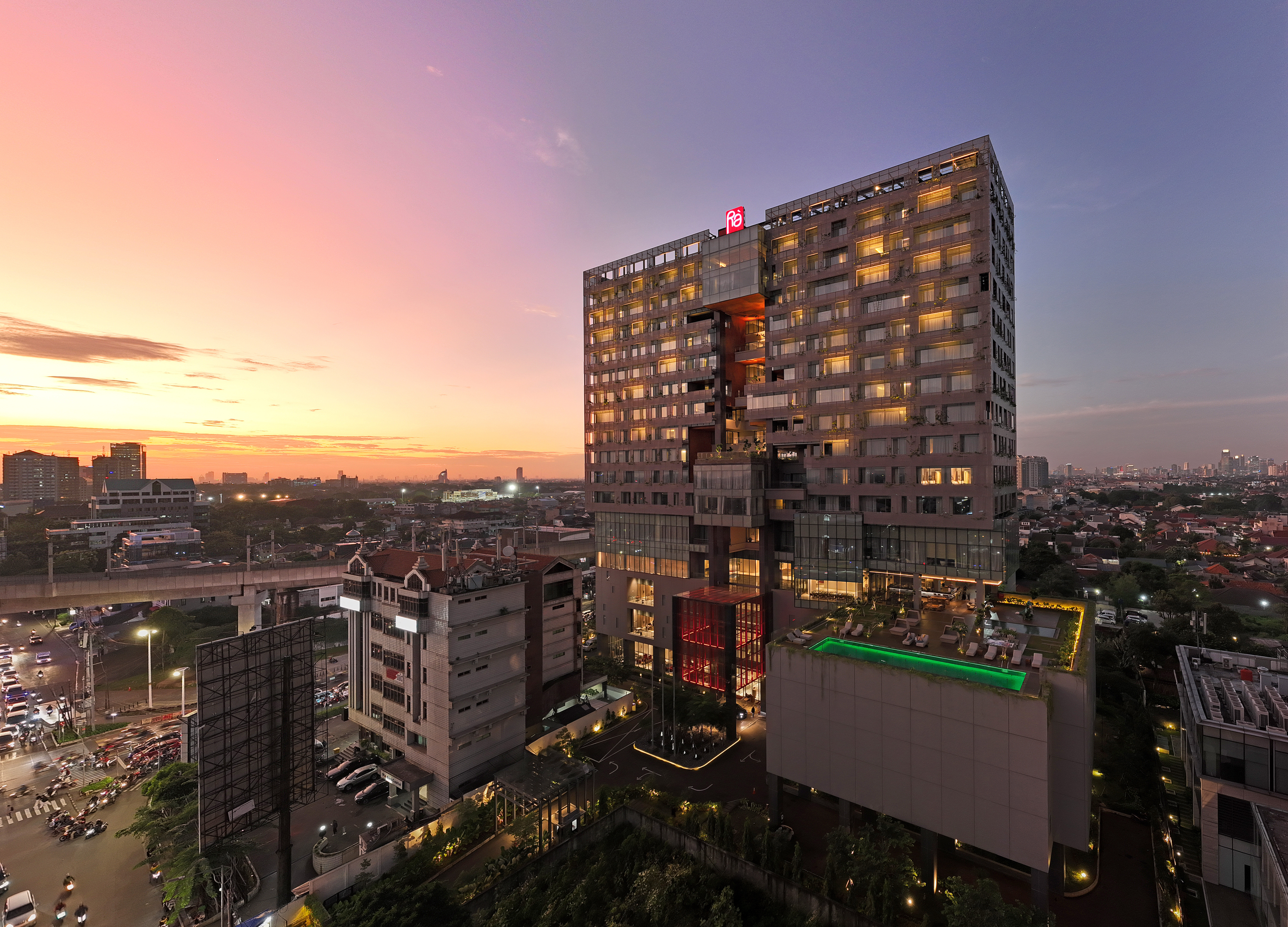Guoco Midtown | Denton Corker Marshall

Guoco Midtown | Denton Corker Marshall

Luxelakes Boracay | Wardle

Reuben College | fjcstudio

Metoreia Health Centre, Port Moresby PNG | PAWA Architecture

ANZ Office Fitout, Port Moresby PNG | PAWA Architecture

Oman Across Ages Museum | COX Architecture

Grha DSN | DENTON CORKER MARSHALL JAKARTA

RA Suites | DENTON CORKER MARSHALL JAKARTA

casa:emme | Justin Mallia with Miriam Hernandez Orozco

